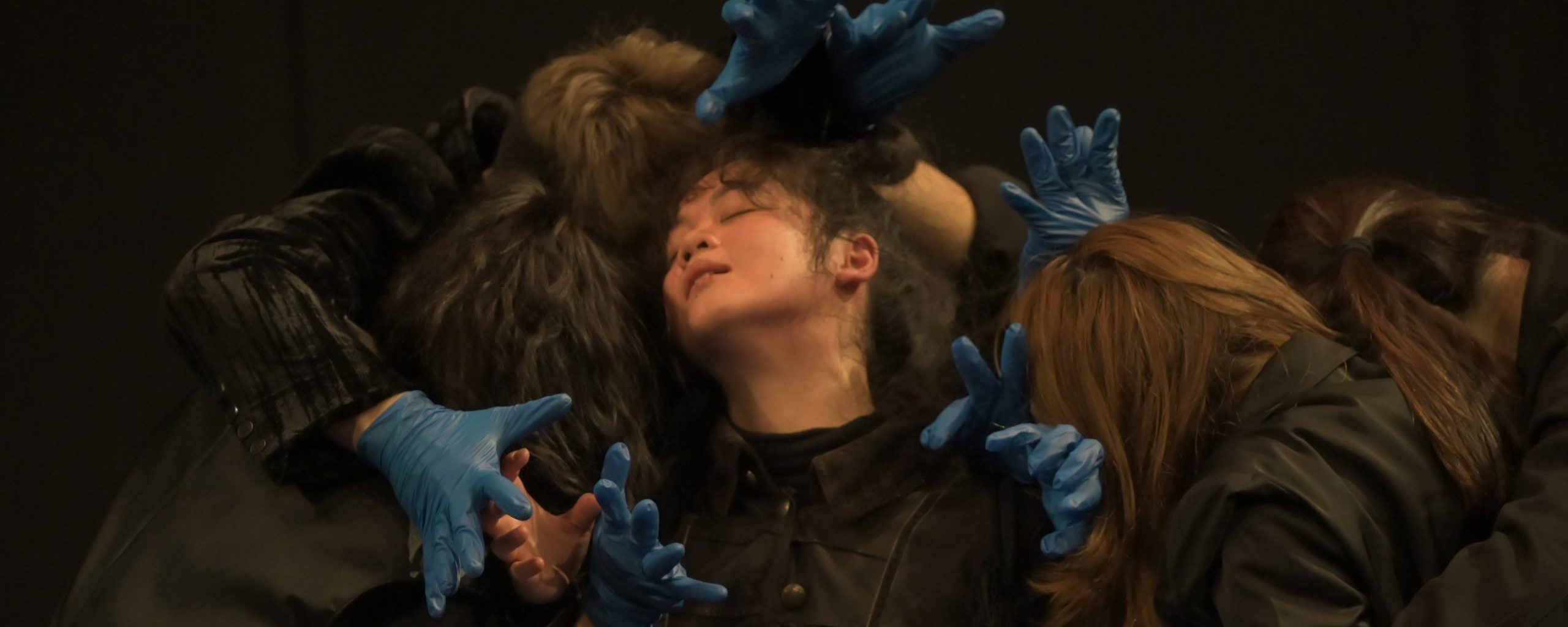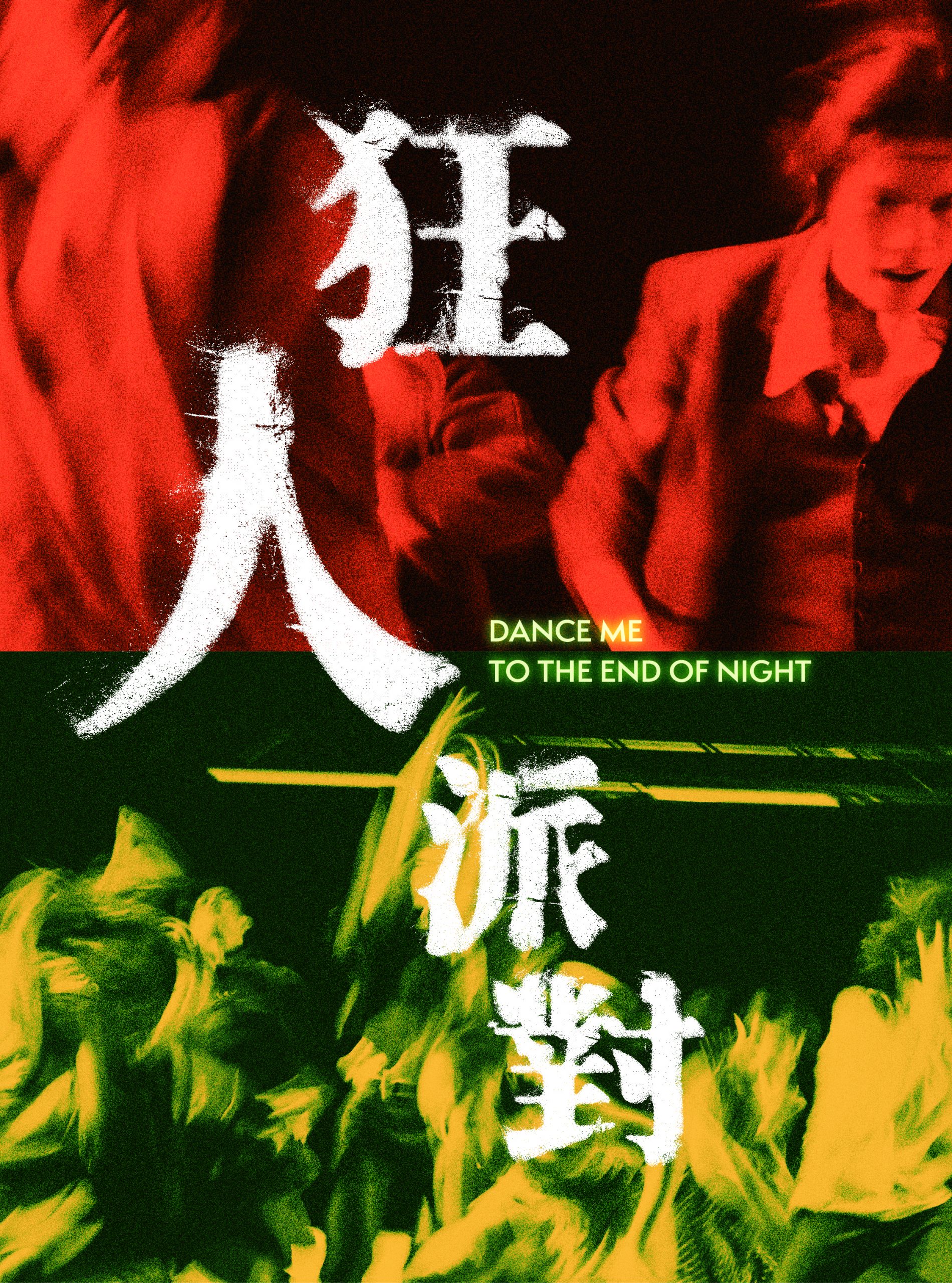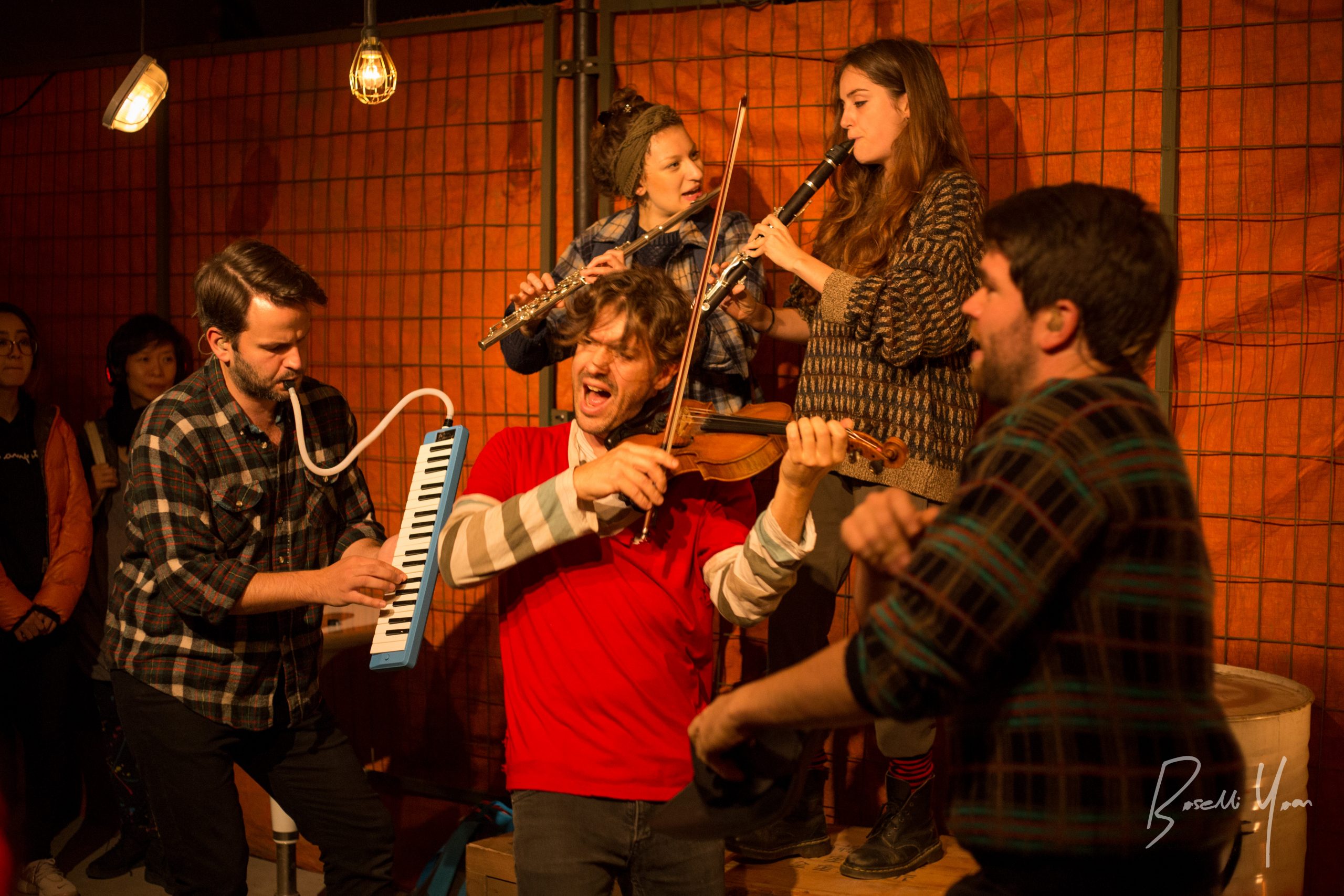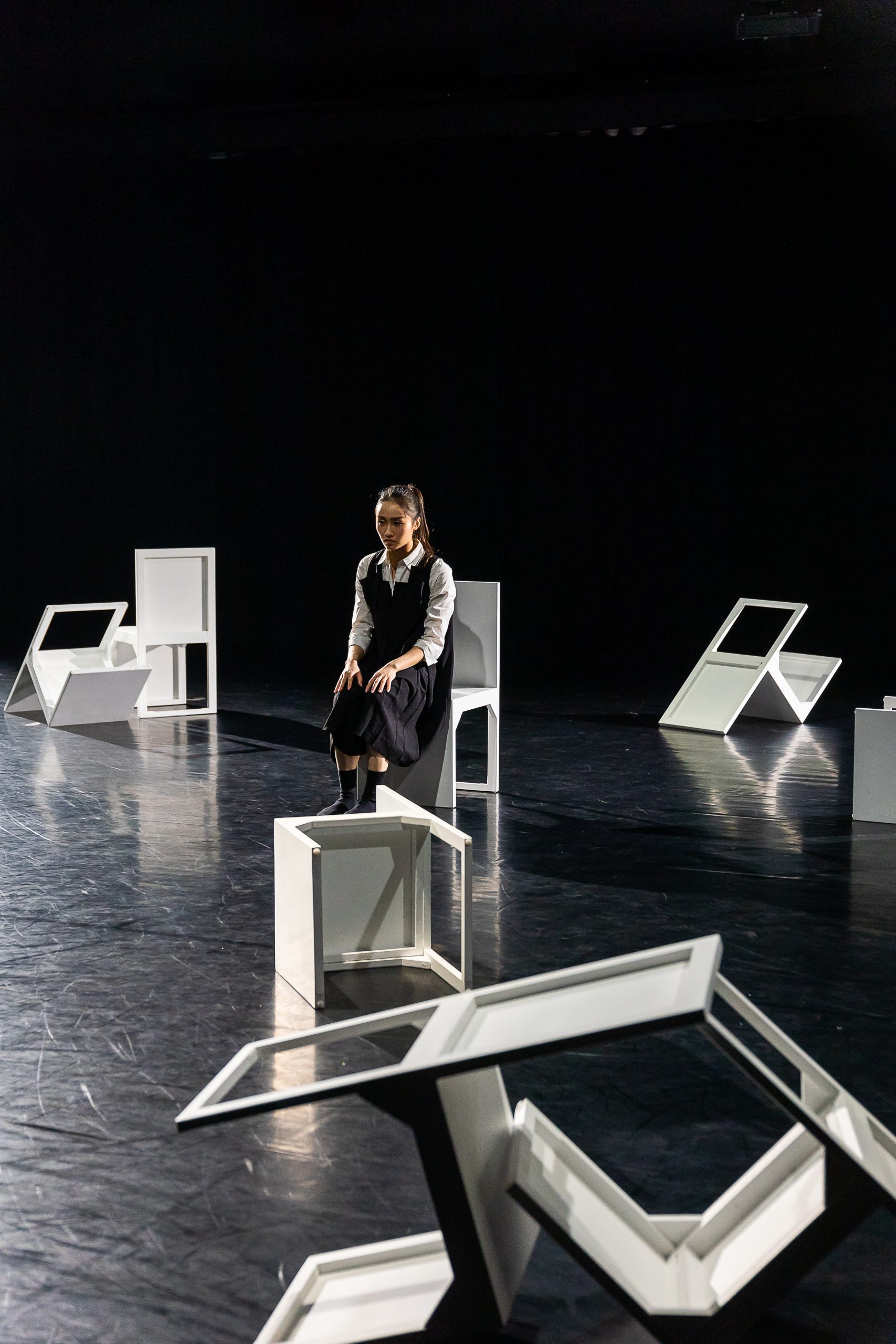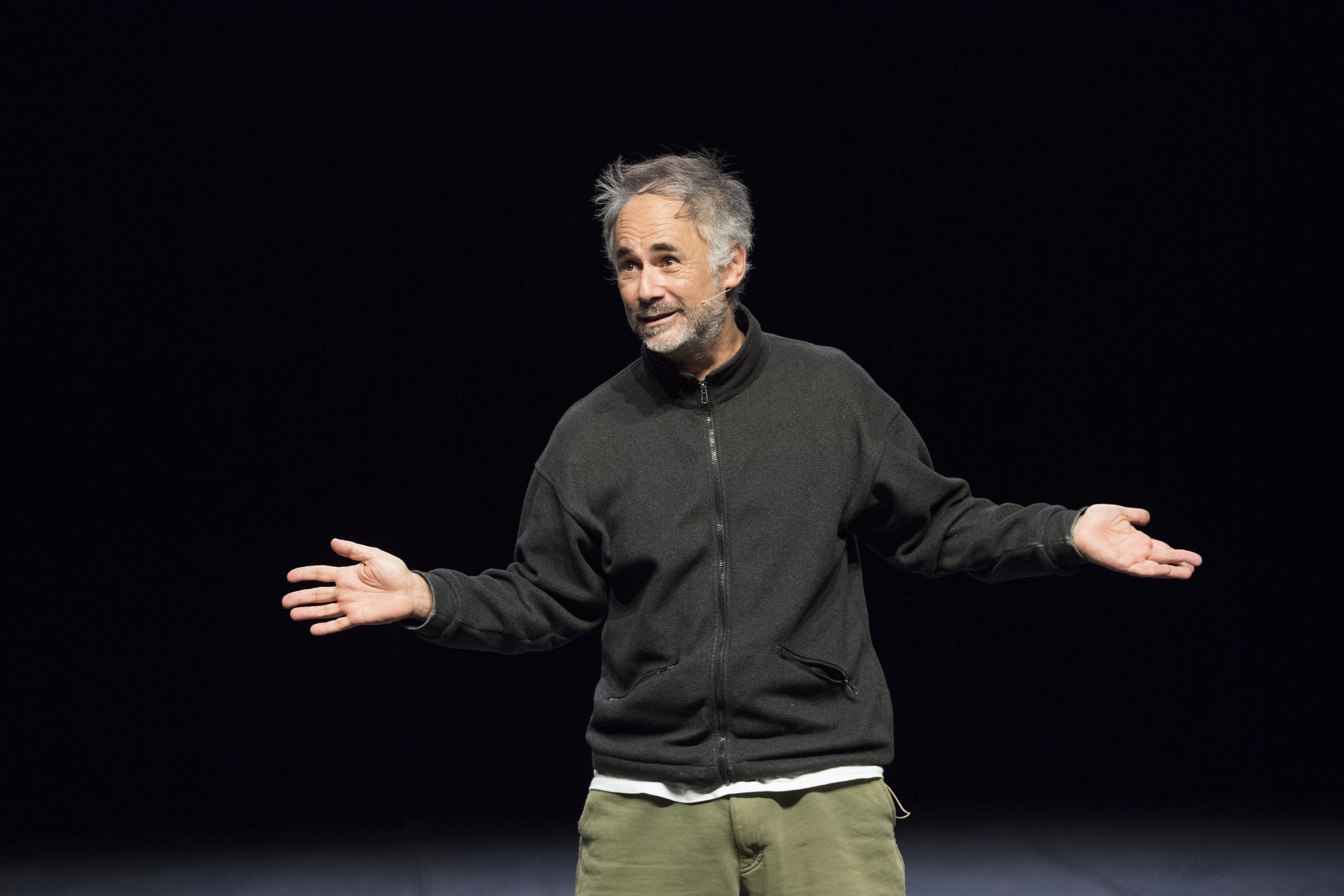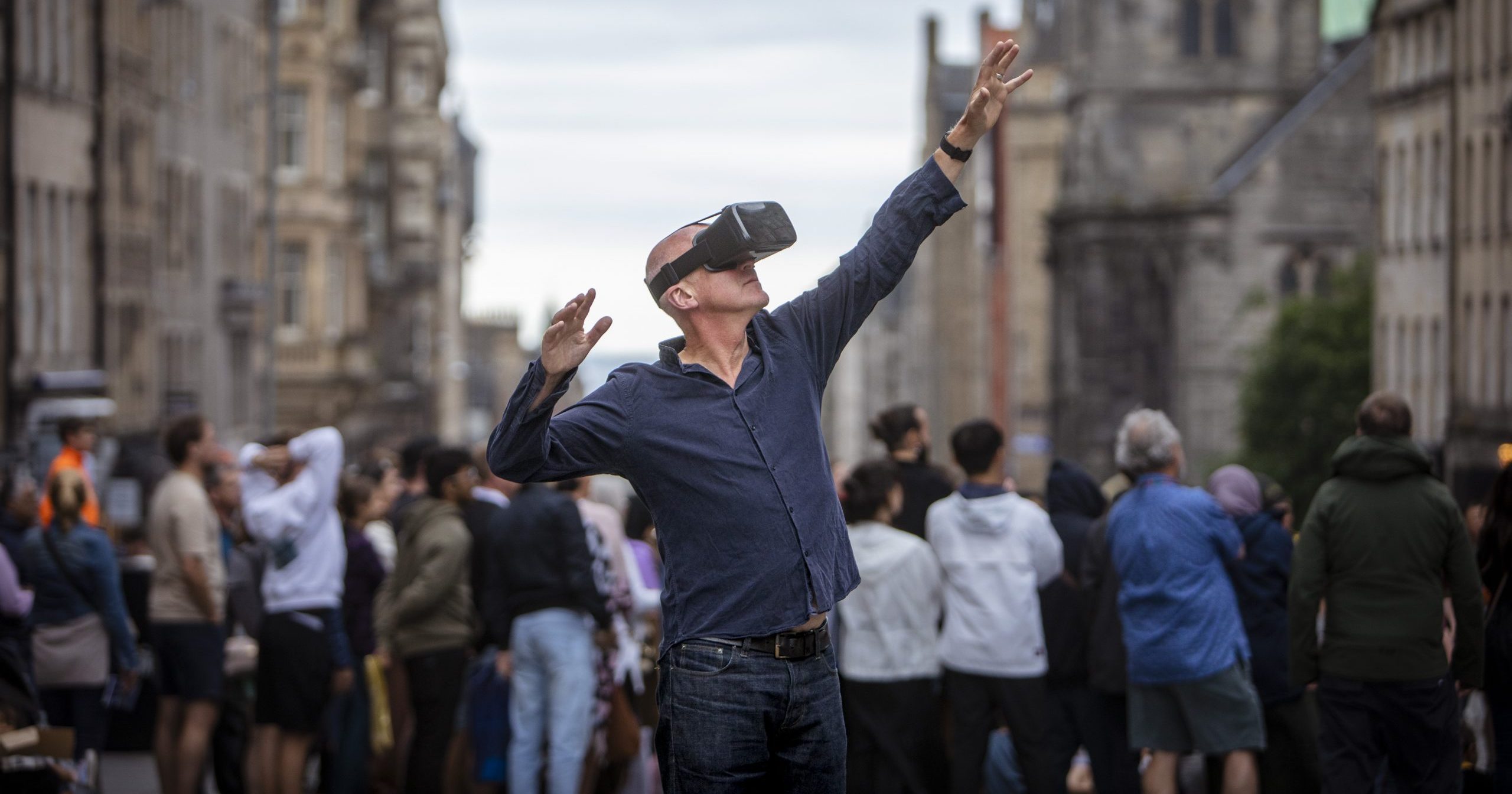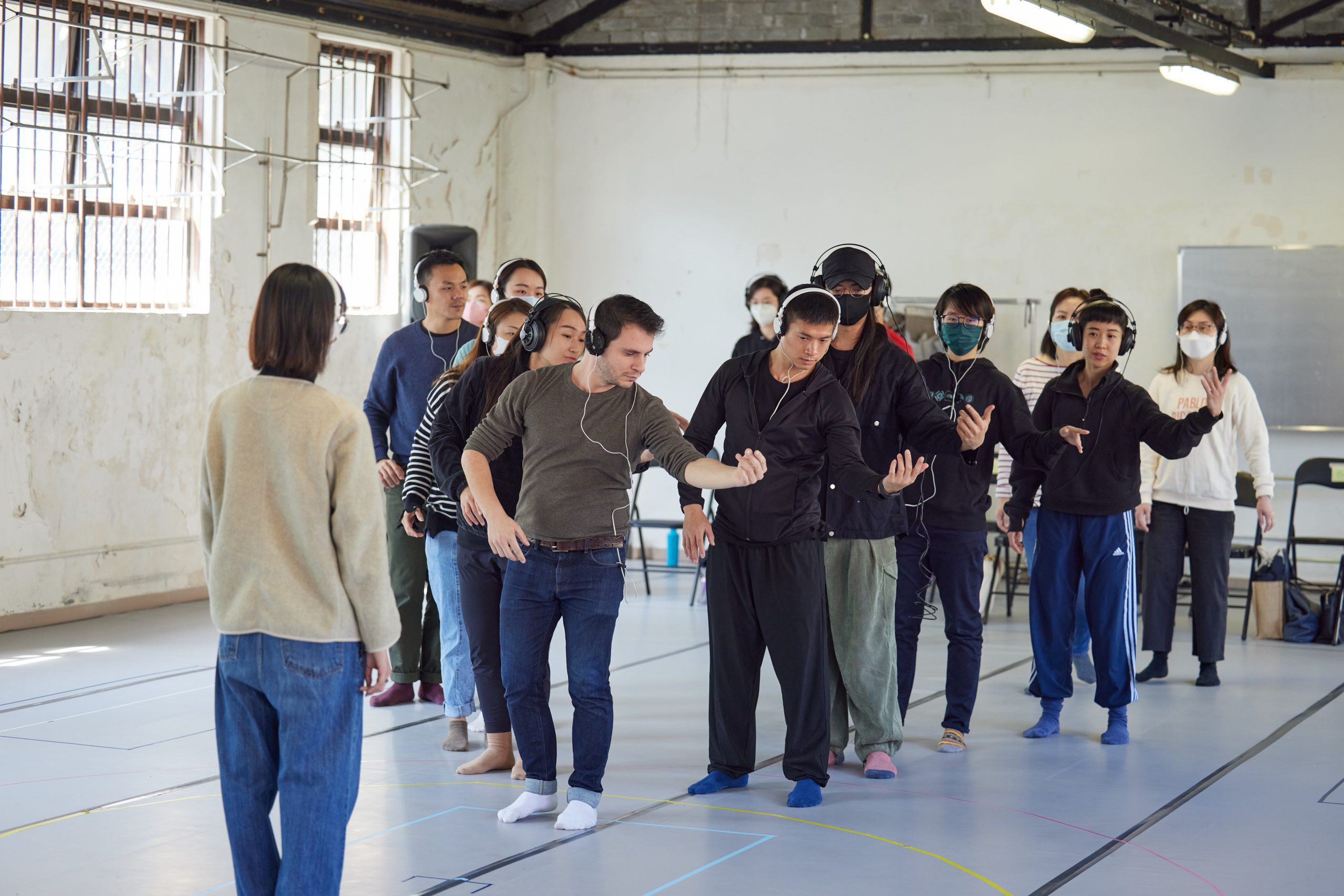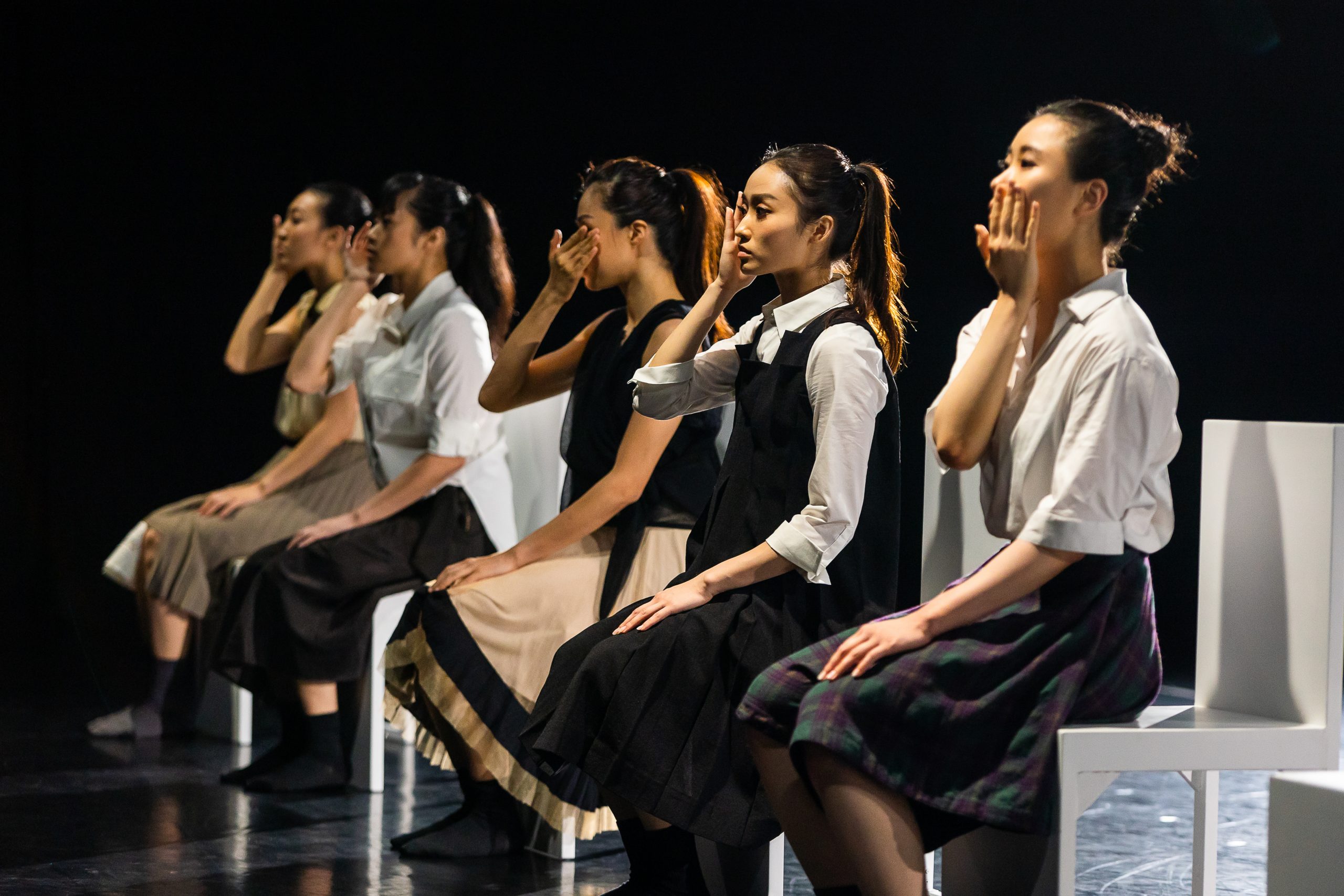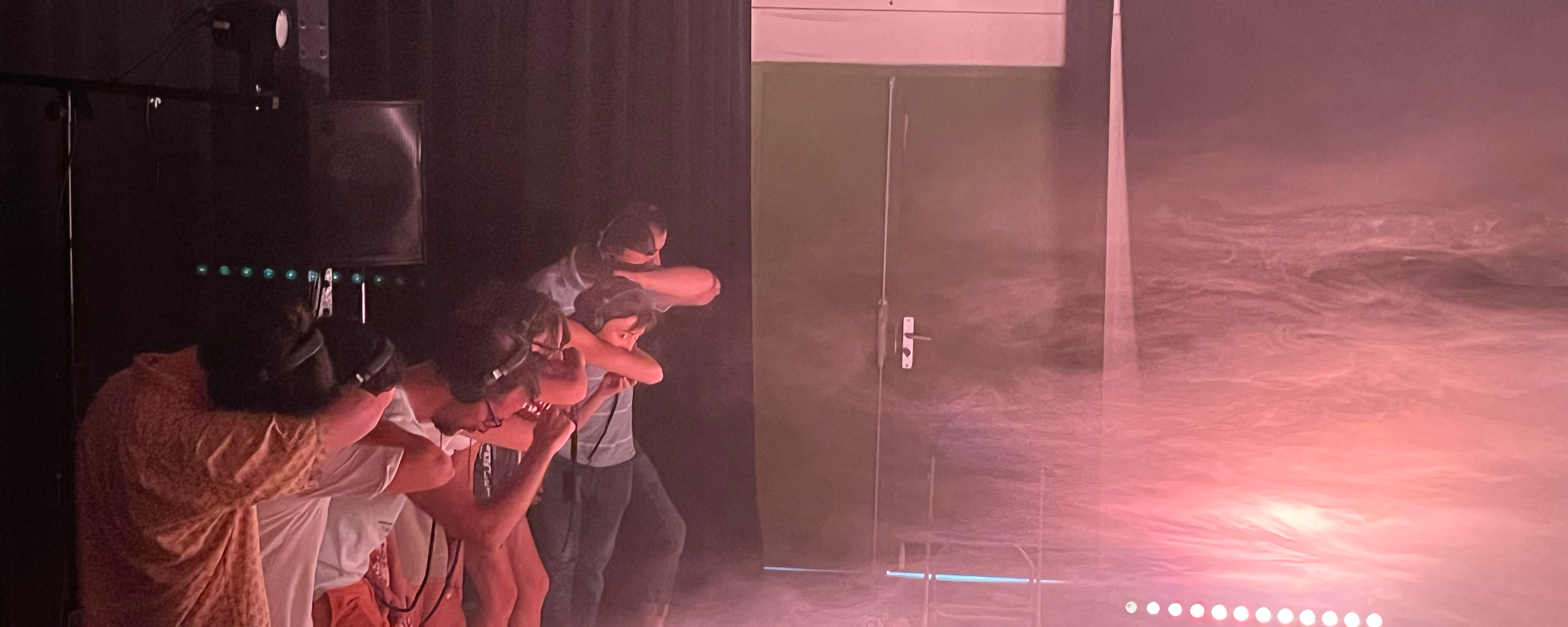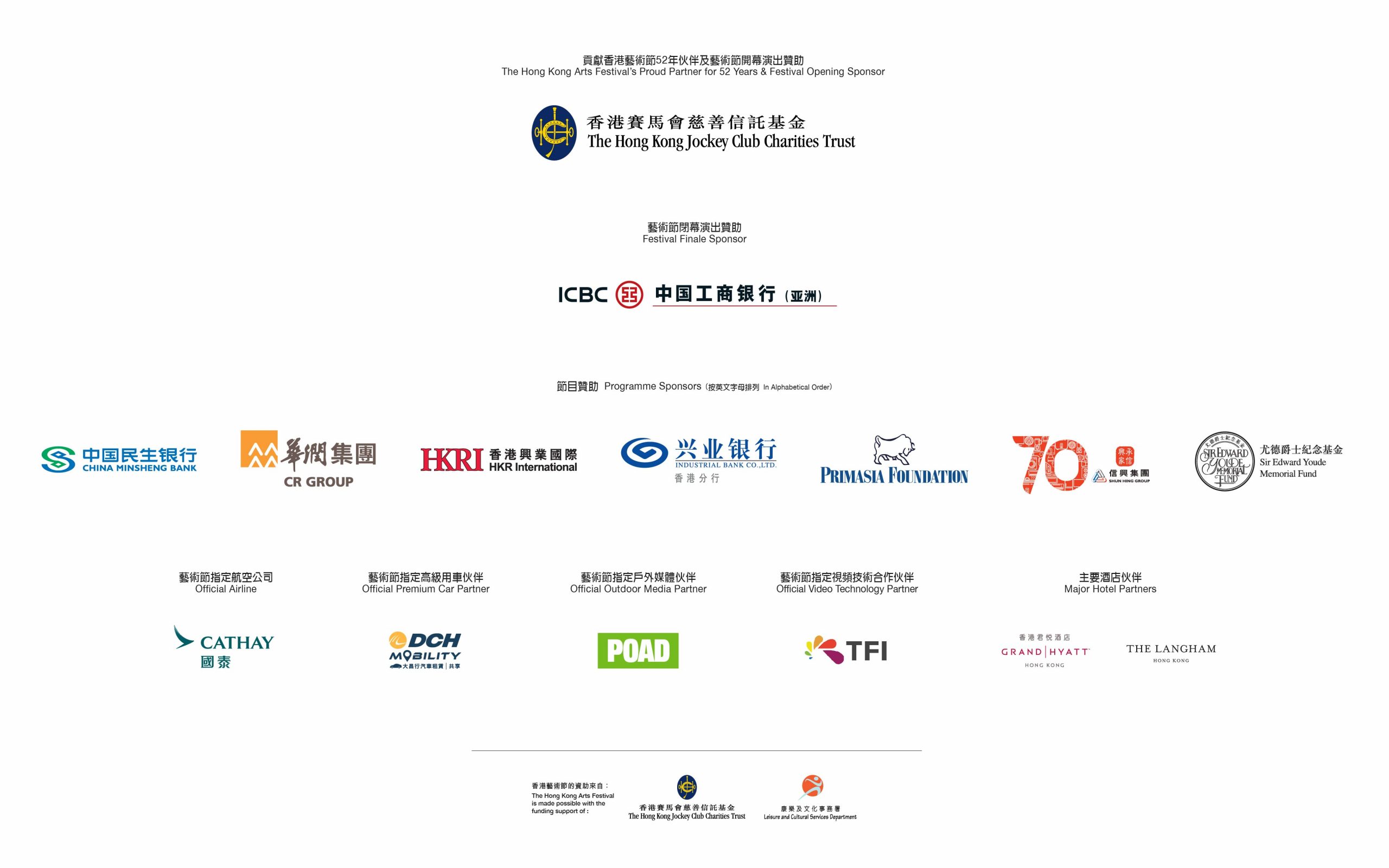Our personal feelings are among our most private possessions, but some states of mind are shared. Mao Wei, an independent dance artist, explored the vulnerability that lies beneath a strong façade with the dance theatre performance The Formidable Year, when he reached 30. Now at the prime age of 32, Mao, who has triumphed over some dark days in life, rises from the ashes with his new production, Dance Me to the End of Night, a creation infused with madness and featuring performers who dance like no one's watching. Such madness does not stem from arrogance, but instead from an awareness that there is nothing left to lose, and the fight must go on.
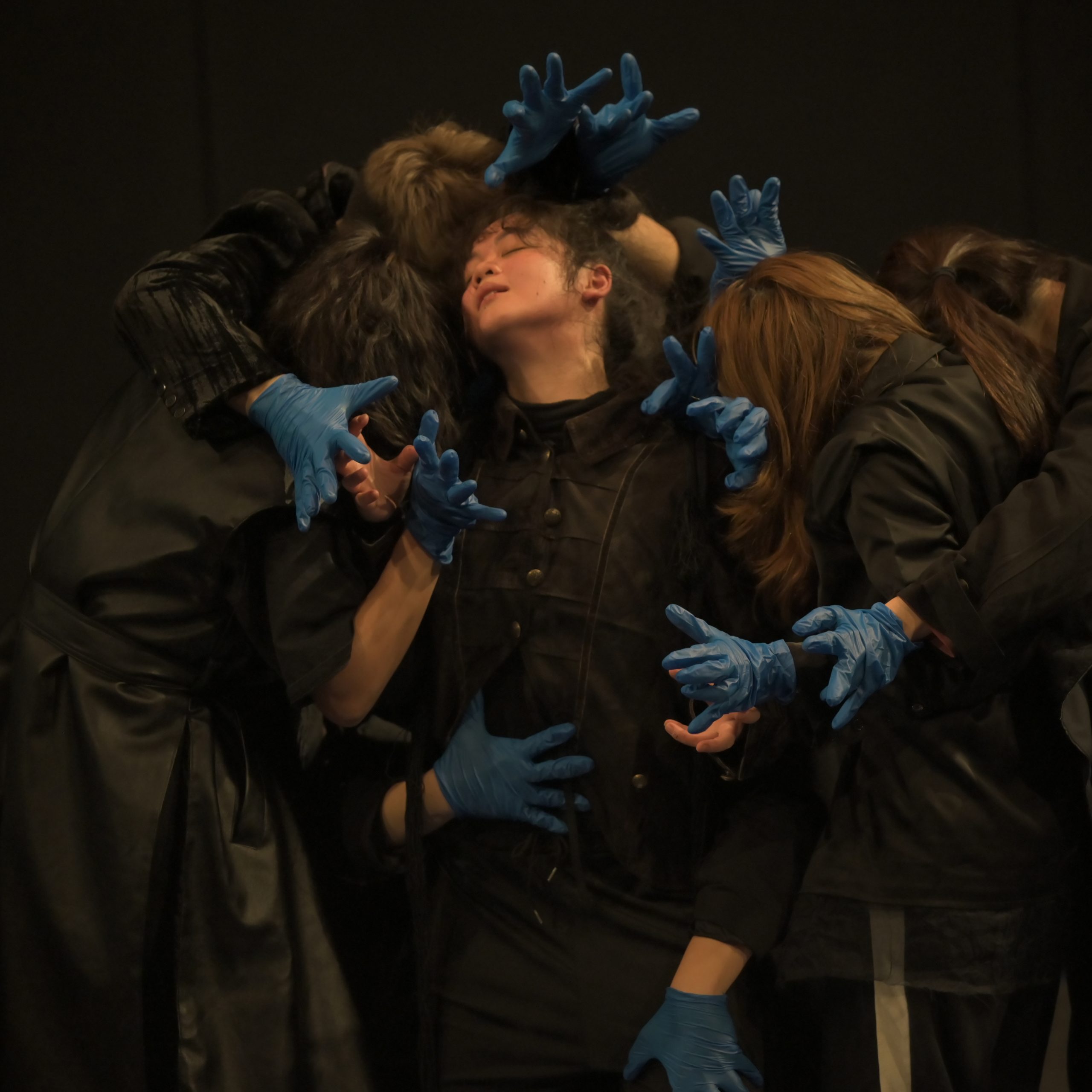
Sail again after a thousand journeys
Trained in Chinese dance from childhood, Mao Wei came to Hong Kong from Hunan at the age of 18 on a full scholarship to study contemporary dance and choreography at the Hong Kong Academy for Performing Arts. Upon graduation, he launched his career in Hong Kong, evolving from a dancer into a choreographer. Despite a smooth start to a flourishing career, his life took an unexpected turn in recent years. With his marriage on the rocks and his career hitting a low point, his frustrations were made even worse by the sudden passing of a well-respected mentor. After hitting rock bottom, all Mao had left was dance, and he only felt alive when he was dancing impromptu to music, alone in the studio.
These experiences inspired him to create Dance Me to the End of Night. "This sense of 'madness' in itself does not mean arrogance, but that when there is nothing left to lose."
Dance theatre is, after all, something new for Mao. He thinks less about whether each dancer portrays a role in Dance Me to the End of Night and more about how they express their state of mind purely with their bodies. "Words are too concrete. The charm of dance lies in the expression of sentiments, not with words, but with movements that generate meaning. This way, the audience can feel the emotional transformation experienced by each character through physical movements."
Although there are seven dancers in Dance Me to the End of Night, the madman always ends up alone. Mao confesses that at the end of the day, he was motivated by a desire to prove to others that "I can still make it", which is why this dance is ultimately a one-man party.
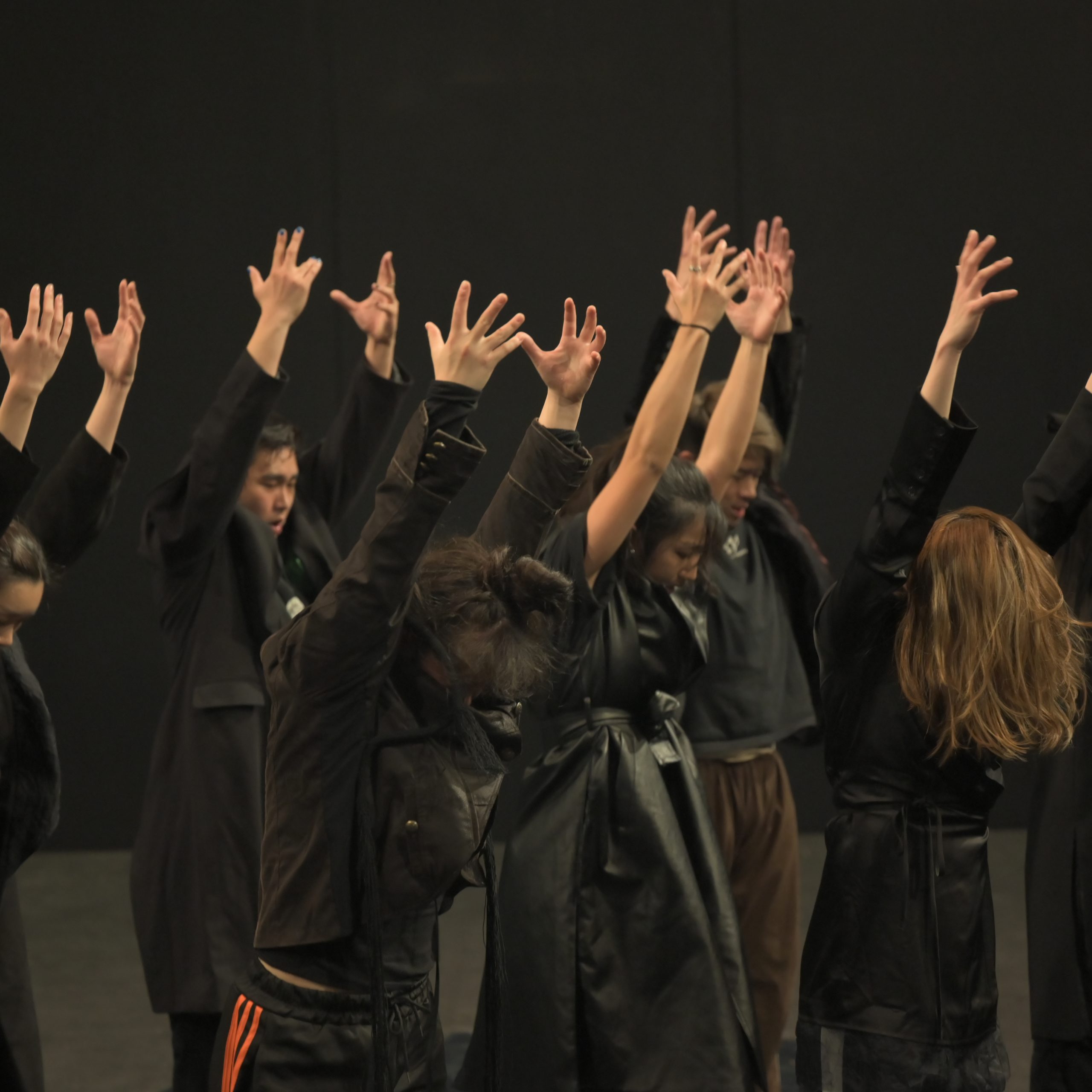
Face the brutality of reality through aestheticising violence
The dance of the madman is accompanied by raging fury and forceful moves. Mao's dancing was once described as "aestheticising violence"— for example, a dancer's hair was pulled in one performance, and two dancers once bit into a bloody slab of pork and tore it to pieces on stage. "From the audience's perspective, we seemed to be standing on the verge of death, but we were fine. The point of such processes is not violence, but [provoking] real reactions. I must provoke the audience visually to make them contemplate why. I resort to real and brutal ways to stimulate people's thoughts about the real situation."
Chan Tai-yin was appointed dramaturge for this dance theatre production. Knowing that not all audience members have been through ups and downs like Mao led him to ponder whether Chan would be in Mao's shoes in another life, among the myriad possibilities in parallel universes? "What's the connection between the difficulties in people's marriages and the real world? Those difficulties not only concern the two of them, but the entire society. It's all about how the modern way of living stresses us out," says Chan. To him, reaching the age of 30 is merely symbolic—what's more important is how creative people can tap into the social conditions that lie beneath the surface.
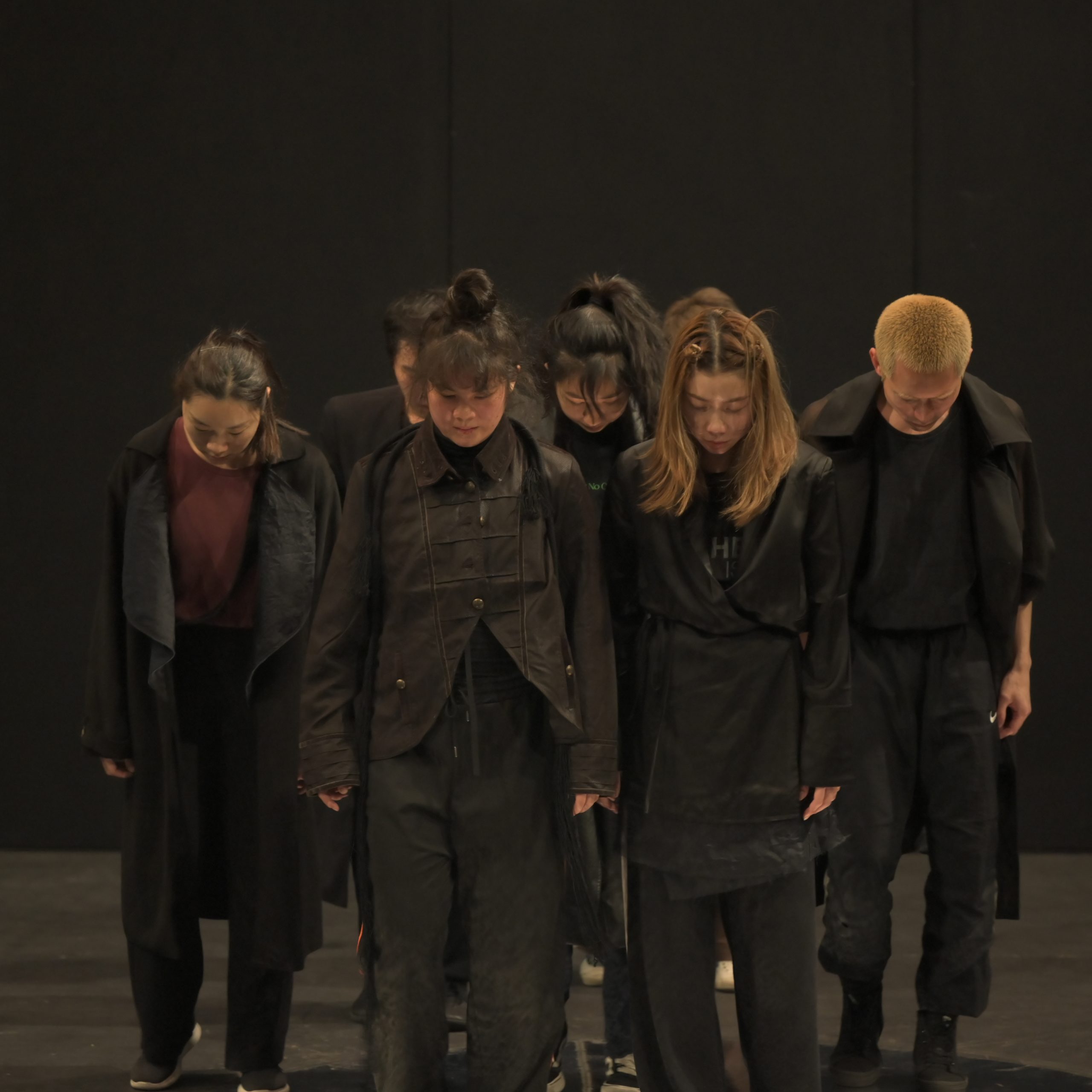
Dance Me to the End of Night
Detail: https://www.hk.artsfestival.org/en/programme/DanceMeToTheEndOfNight
